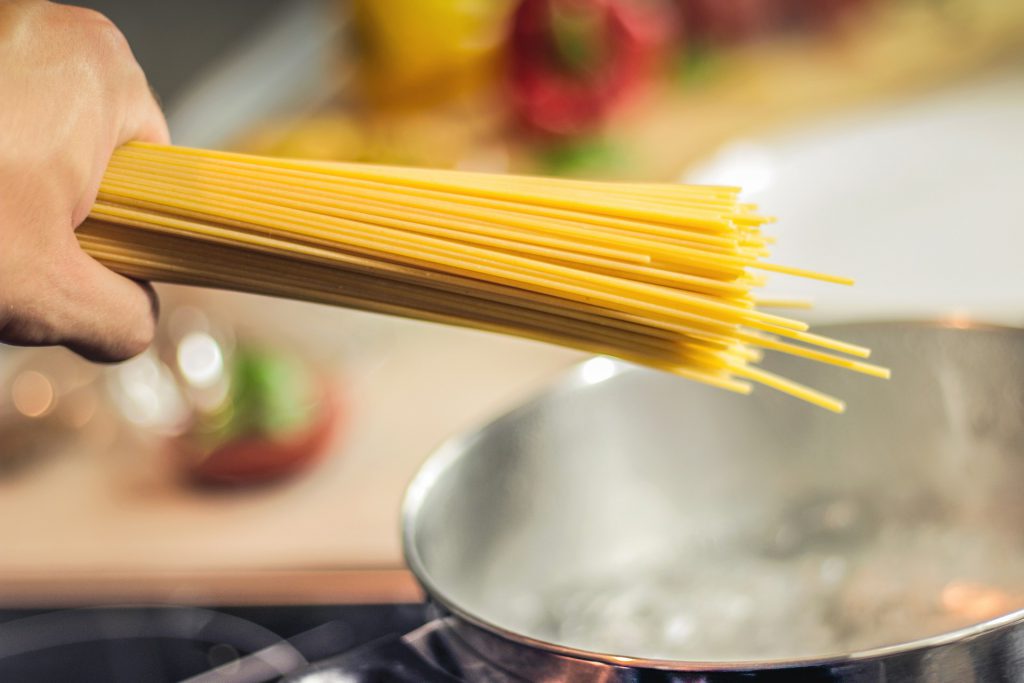
Is there anything more satisfying than a bowl of pasta topped with a delicious, tummy-filling sauce? I don’t think so!! Pasta is used in many cuisines around the world and comes in a variety of sizes and shapes from angel hair to ziti.
When buying pasta look for ones made from whole grain. Pasta that is 100 percent whole-wheat has 4-7 grams of fiber, compared to only 2 grams in regular pasta. You can also find pastas made from quinoa, kamut, amaranth and buckwheat. Flavored pastas such as spinach and tomato aren’t usually made from whole grain and they don’t even count as a serving of vegetables, because they usually contain only traces of vegetables for coloring and a hint of flavor. Be sure to use portion control or you can over-indulge. 2 ounces of uncooked pasta per person is all you need.
Some tips for buying pasta:
- Look for pasta with the most whole grains (you may have to try several brands to find a favorite). If all the grains listed are whole, the pasta is 100 percent whole grain. If you choose a whole-grain blend, compare nutrition labels to get the one highest in fiber.
- Fresh pasta can be delicious—and more healthful if you can find whole-grain varieties. But watch out for extra fat and calories in fresh ravioli and other stuffed pastas. Locally made pastas may not always carry nutrition information.
- Buy spinach and other “flavored” pastas if you like the way they look and taste—not because you think they are more healthful.
- If you shop at a health-food store, don’t assume that the pasta is necessarily whole grain, even if its ingredients sound more healthful. Same for organic brands. A pasta that says “100 percent durum semolina” or “golden amber durum wheat,” for example, is made from refined wheat flour.
- If you’re sensitive to gluten, don’t pass over pasta; pick one made from an alternative grain that is free of gluten, such as buckwheat or rice.
- If you don’t like one brand of whole-grain pasta, try another, since flavors and textures vary. The shape of the pasta can make a difference, too. For a lighter texture, choose thin spaghetti, say, over penne or rotini. And don’t overcook—these pastas can get mushy fast.
Go light on your sauce and try to incorporate more vegetables in your pasta dishes for more healthy eating. And, as the Italians like to say, “Mangia”!!! That means “Eat”!!!
Suzanne